Dairy Cattle
All Dairy Cattle Content
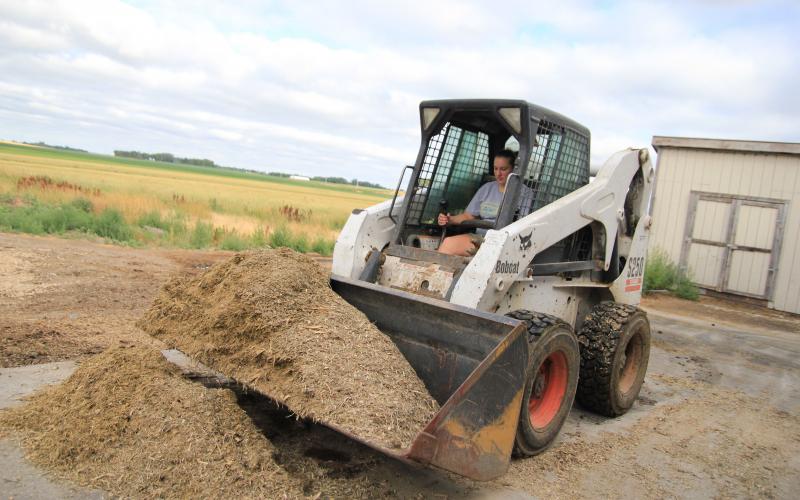
Skid-Steer Safety: Are You and Your Employees Practicing It?
One piece of machinery used daily on many farms, especially dairies and acreages, is a skid-steer. Owners and employees need to be aware of the correct operating procedures for this equipment and make sure that all who are operating the skid-steer have had adequate training in its operation.
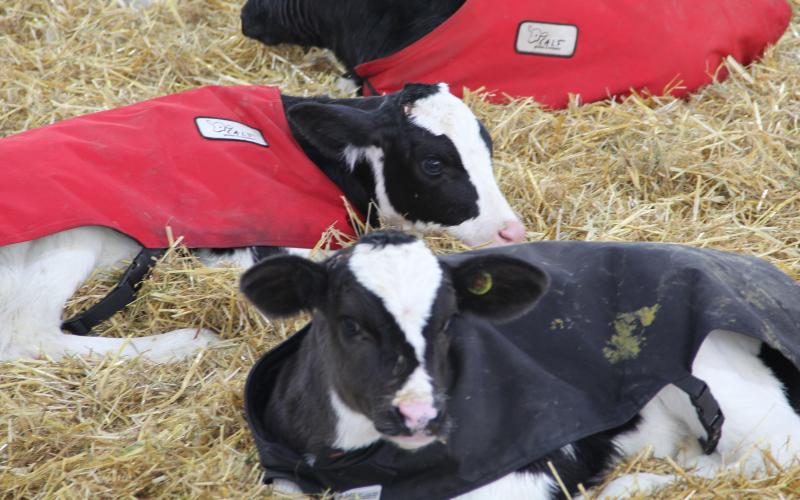
Managing Un-Weaned Dairy Calves During Cold Weather
Winter can present extra challenges for dairy producers and heifer growers as they try to keep calves alive and growing adequately in frigid temperatures.
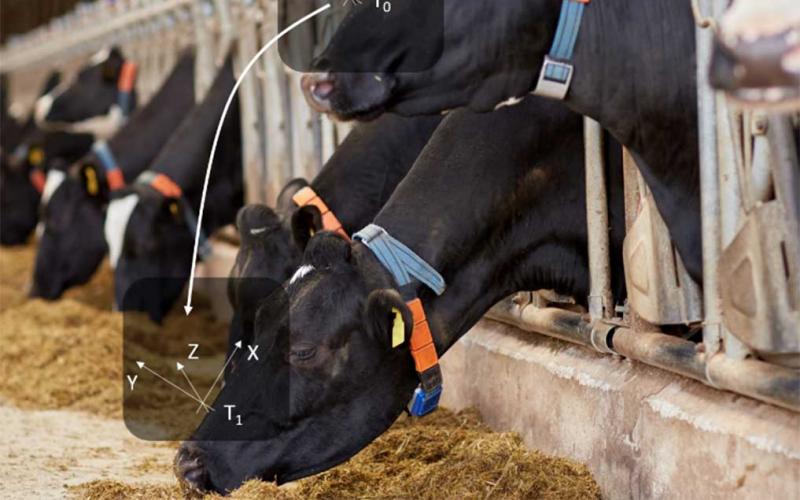
New Sensor Technology to Estimate Feed Intake in Lactating Dairy Cows
The use of sensor technology to advance the field of precision livestock farming is becoming more predominant in modernized dairy farms.
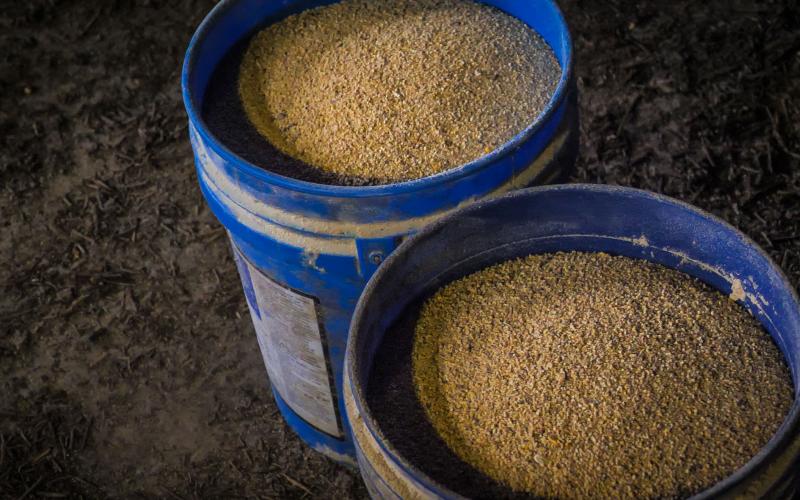
Evaluating Feedstuffs on Nutrient Cost-Comparison Basis
Feed costs in dairy diets typically make up half or more of the input expenses of a ration. Thus, it is imperative to keep a handle on input costs by comparing ingredients on an apples-to-apples basis when looking for cost-effective diet solutions.
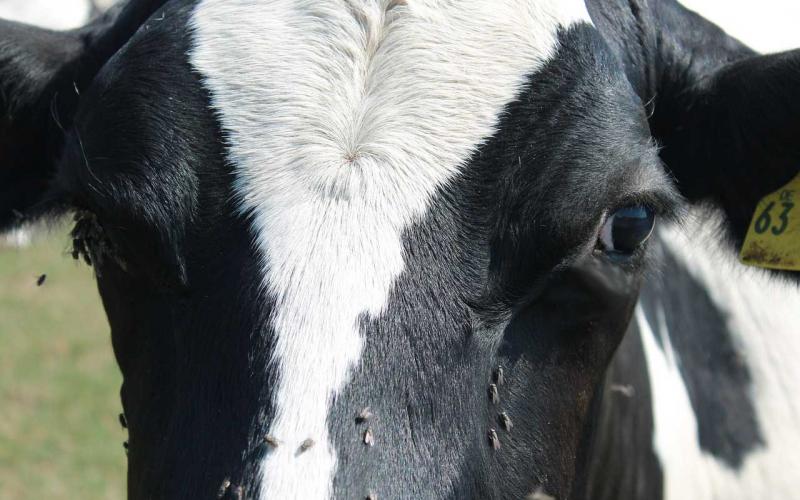
Fly Population Management on Dairies
Fly control on dairies is an important pest management consideration that impacts the bottom line by affecting overall animal productivity and health.
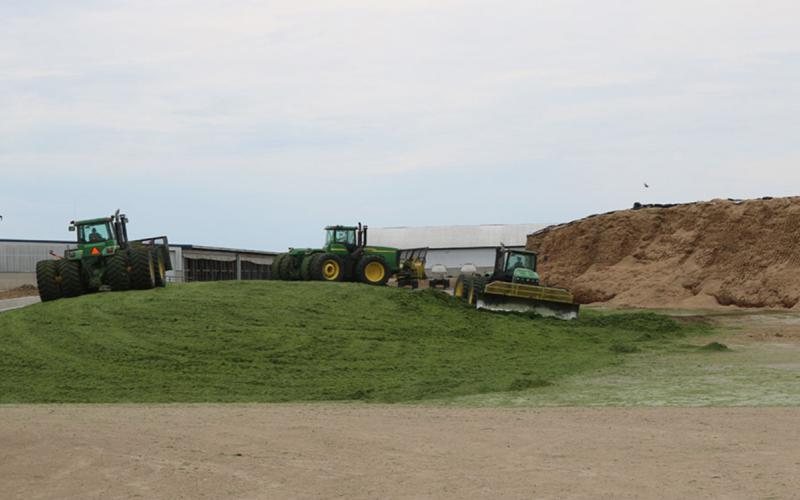
Be Safe and Smart Around Silage
Corn silage making season will soon be upon us. It is important to take the time to communicate with employees proper protocols while making silage, along with safe practices around silage piles or silos.
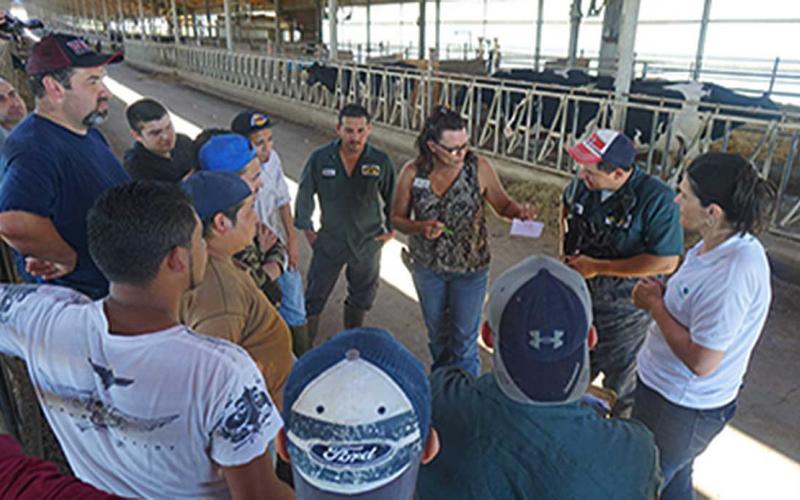
Optimizing Meetings on the Farm
No one wants to have a meeting for the sake of having one. So, when you decide to have a meeting with your employees, keep a few of the following suggestions in mind.
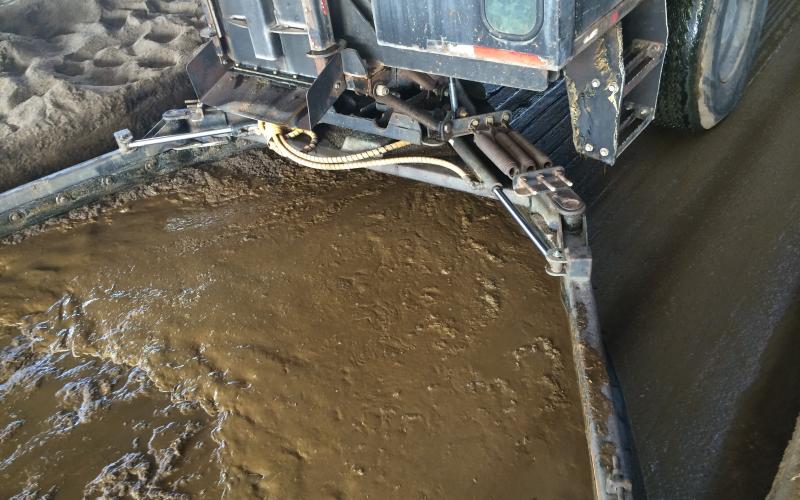
Understanding Manure Storage System Safety Risks
Many producers know and understand the risks associated with confined manure handling systems, but accidents and deaths still occur because unwarranted risks are taken as manure is being handled and removed from the systems.
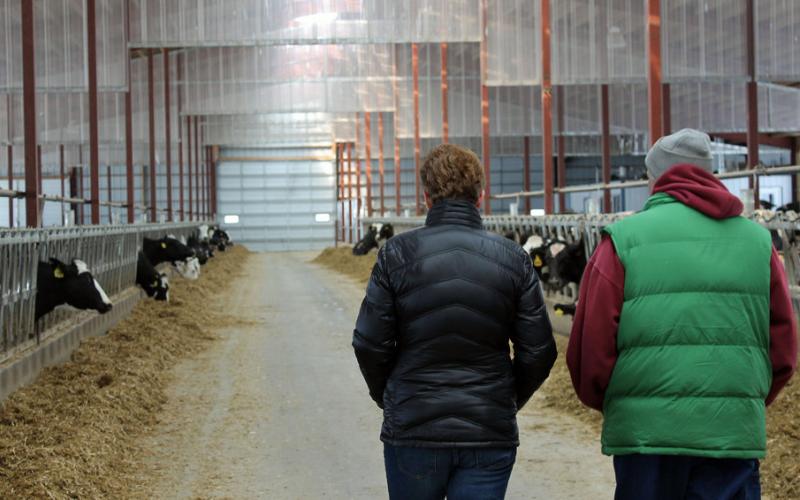
Emergency Preparedness on Dairies
Being prepared for an emergency on your dairy can significantly improve recovery time from an unexpected incident.
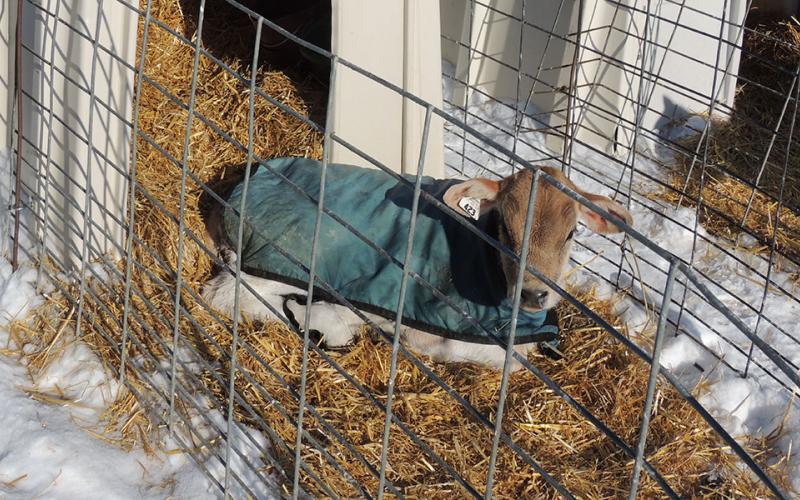
Winter Preparedness on the Dairy Farm
Weather this time of year can change in a hurry. So how many of you as dairy producers have heeded the warning and taken the time to prepare for the upcoming winter?